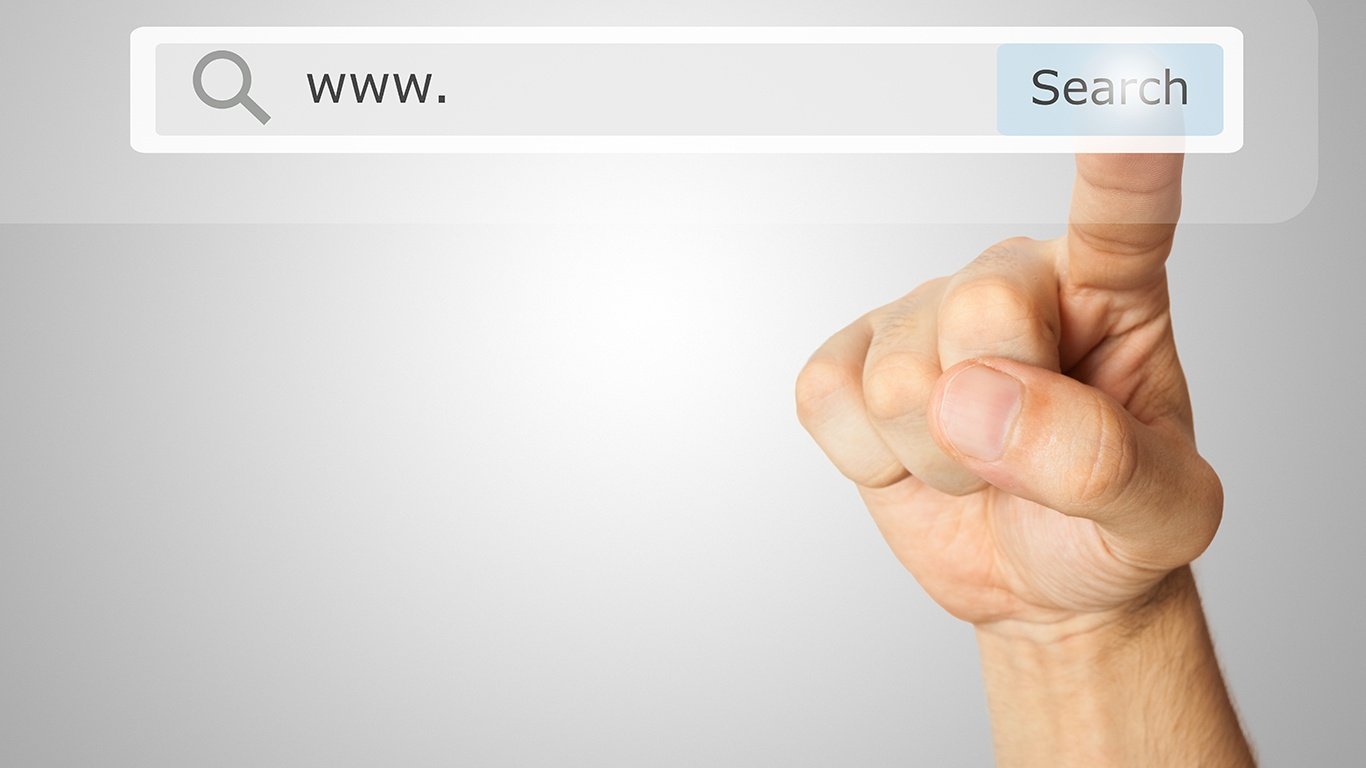As the owner of a digital marketing company and a HubSpot Platinum Agency Partner, it comes as no surprise that I help business owners and marketing managers understand what inbound marketing is, and how it differs from traditional outbound marketing, on a daily basis. Learning the differences between inbound marketing and outbound marketing is truly the key to business success in this digital age. The way consumers find products and services is changing so we have to change the way we market to our potential customers. With that being said, let’s jump right into the specifics:
What is Outbound Marketing?
To put it simply, outbound marketing is the concept of marketing to the masses in hopes of reaching the 1% of customers who are actually interested in buying your product or service at that time. Communication is a one-way street and customers are sought out via radio, TV advertising, cold calling, email blasts, direct mail, tradeshows, etc.
The problem with this “in your face” style of marketing, is that people are saturated with ads 24/7. So how do people respond to this intrusive marketing? They ignore it. Emails get deleted or sent to a spam filter. TV commercials are skipped. Radio is turned off, and junk mail gets thrown away.
The Shift in Consumer Behavior
In the age of technology, consumers have become much smarter. Now, all they have to do is type a query into a search engine to get the answers they are looking for instantaneously. With this access to endless information, consumers can make informed decisions based on articles, product reviews, and peer influences. Having this knowledge in hand, the decision to buy is made before ever stepping foot in a store, picking up a phone, or visiting a website.
What is Inbound Marketing?
Now that the consumer’s behavior has changed, marketing to these smarter consumers needs to adapt. Out with the old, in with the new. Inbound marketing uses the research phase of the buyer’s journey to its advantage. It is all about putting yourself in front of a potential buyer at the “moment of relevance” which is the time that they’re looking for you (or more likely your product/service).
Consider this: when someone does a Google search for “small business loan” it’s not because they want to read literature on what a small business loan is (most of the time), it’s because they are interested in getting a small business loan themselves.
This style of marketing uses SEO, PPC, content marketing, blogging, and social media advertising to ensure a business is in front of their target market, when their target market is interested in their product/service. This is achieved by providing relevant content that a searcher could benefit from.
Comparing Inbound vs Outbound
Besides the obvious differences in each strategy, there are many other advantages inbound marketing has compared to outbound. According to Demand Metric, content marketing generates 3 times as many leads as traditional outbound marketing, but costs 62% less. Let that soak in for a minute. From this information we can confidently say that not only does inbound marketing have a lower cost-per-lead but as stated by HubSpot’s State of Inbound Report “Inbound campaigns achieve higher ROI than outbound. This holds true across different company sizes and budgets.”.
To sum it up, inbound marketing succeeds because it is permission based marketing vs interruption based. Instead of aggressive sales pitches, inbound marketing provides valuable content that attracts your target market and ensures you are in front of these prospects through the entire sales funnel.
Ready to take the leap into inbound marketing? Check out our FREE eBook “A Guide to Inbound Marketing Best Practices” today!
{{cta(‘bd8404aa-e053-481c-9e10-8dd744e59b2f’)}}





